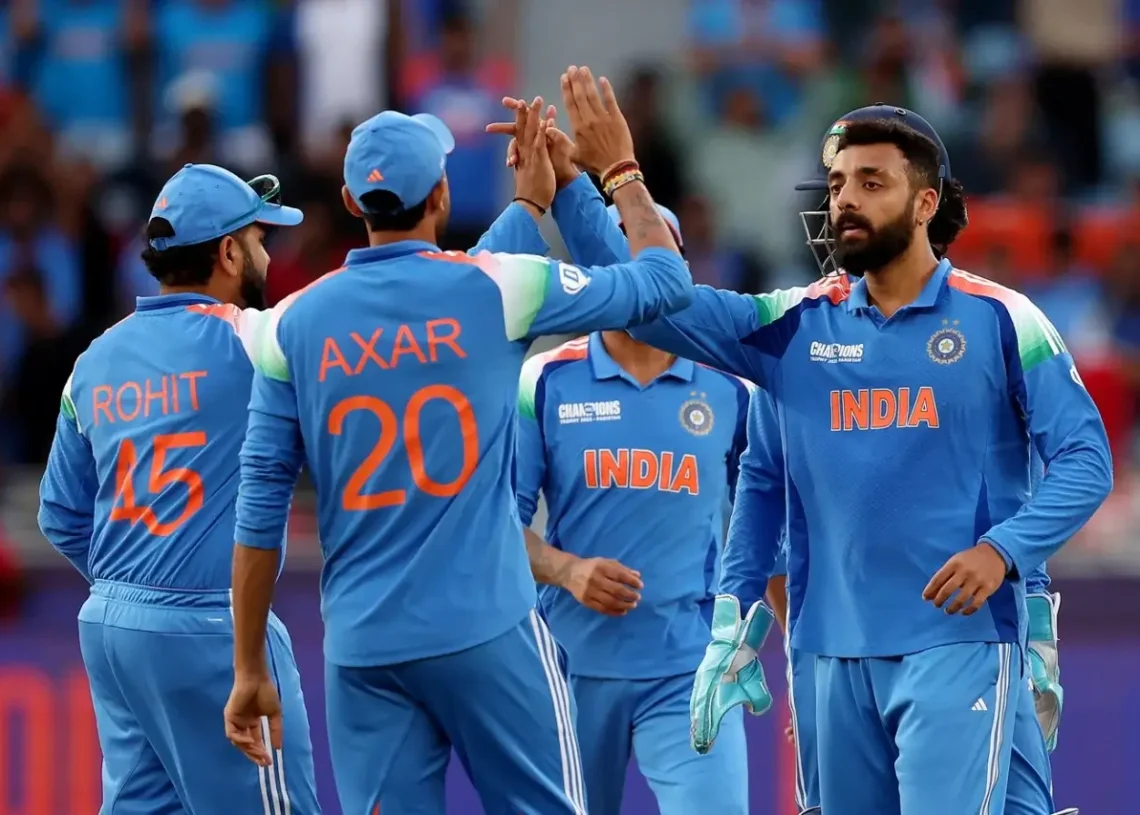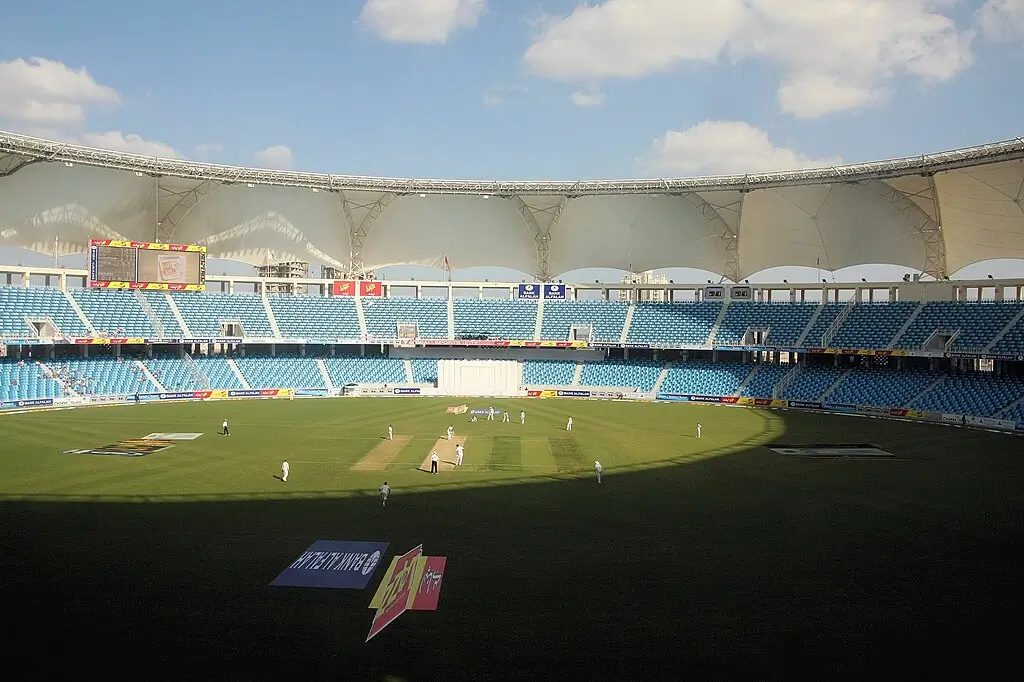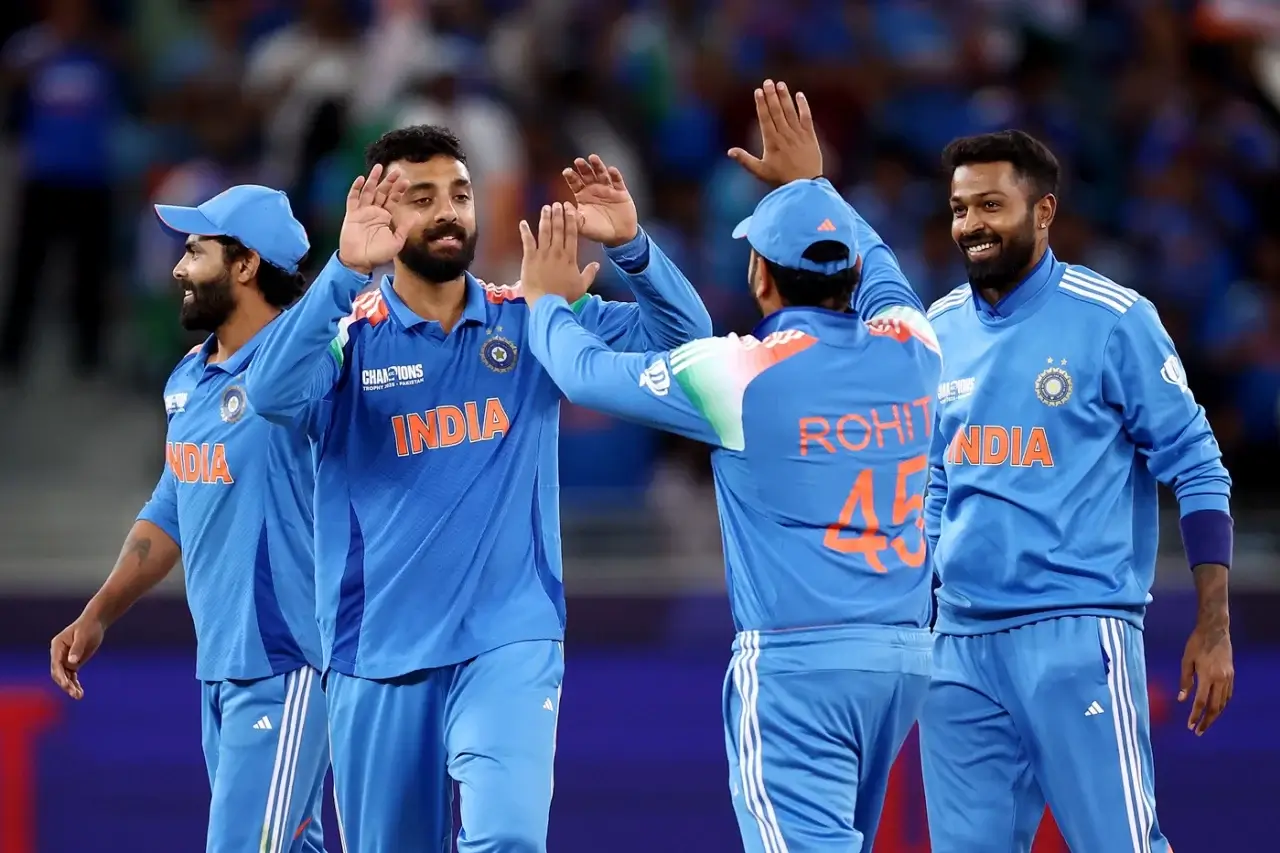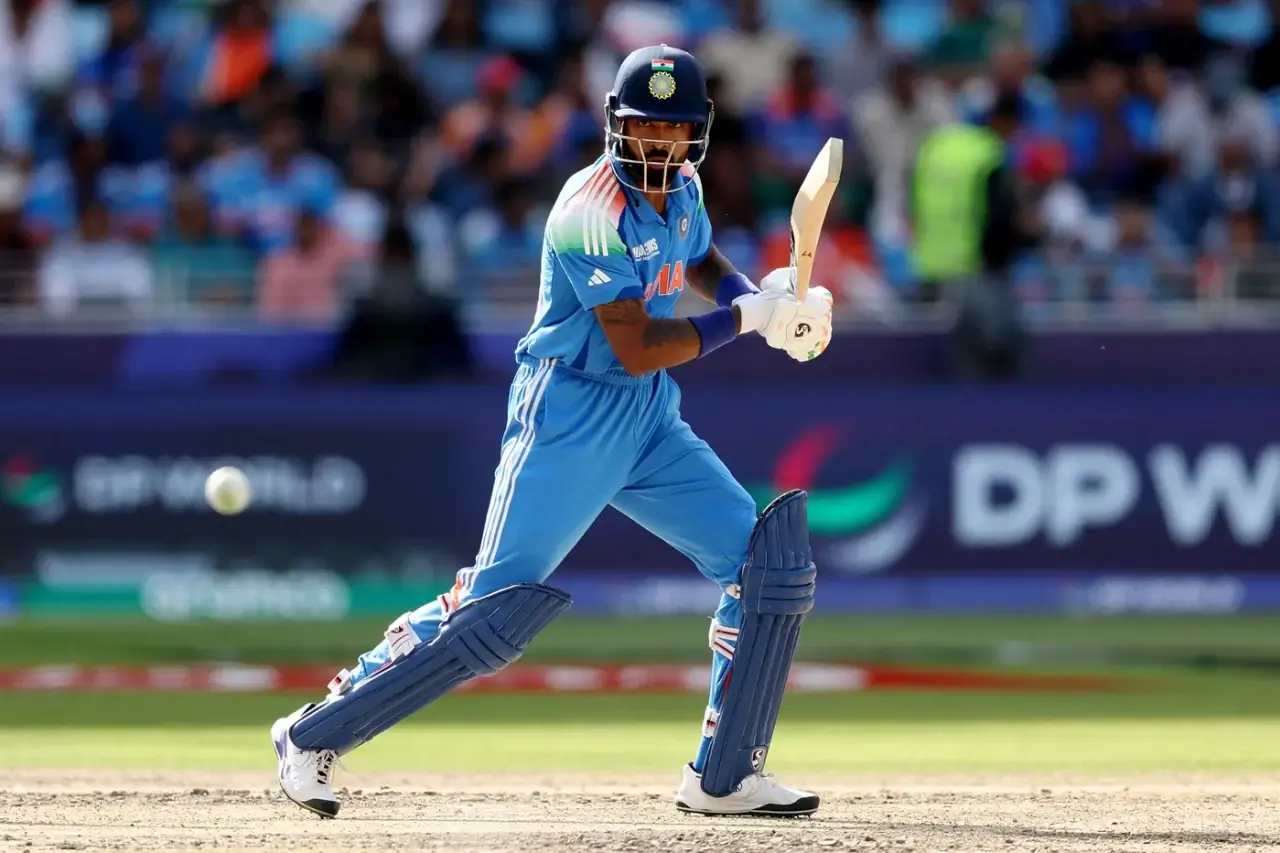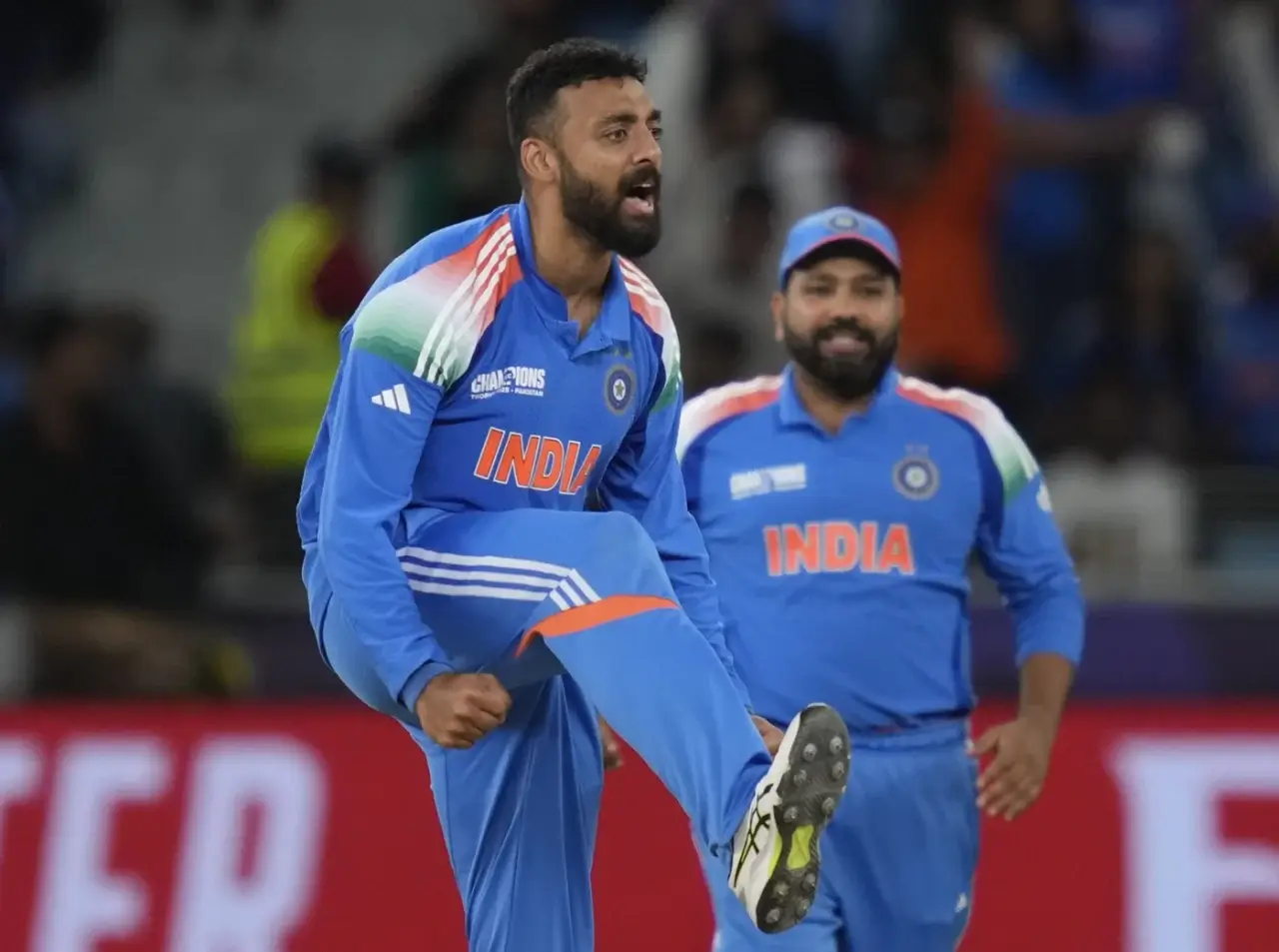As the Champions Trophy semi-final approaches, India and Australia are fine-tuning their strategies and lineups to maximize their performance at the Dubai International Cricket Stadium. This pivotal match showcases India’s strategic mastery over local conditions and Australia’s adaptive lineup changes due to unforeseen injuries. How India turned its key players like Rohit Sharma and Virat Kohli, set to play decisive roles. The match promises to highlight the nuances of cricket strategy and player dynamics in high-pressure situations.
The upcoming Champions Trophy semi-final at Dubai International Cricket Stadium is more than just a contest; it’s a strategic chess match between India and Australia, two cricketing powerhouses. This crucial encounter will test each team’s tactical approaches and adaptability under pressure. India, having played all their tournament matches at this venue, seeks to leverage their deep understanding of the pitch conditions.
In contrast, Australia, grappling with lineup adjustments due to injuries, aims to counterbalance with strategic player inclusions. The spotlight will be on impact players like Rohit Sharma and Glenn Maxwell, whose performances could decisively tilt the game. This match is set to challenge both teams’ cricketing strategies and highlight their capacity to handle the intense pressures of a high-stakes semi-final.
Pitch and Conditions at Dubai International Stadium
The pitch for this semi-final at Dubai International Cricket Stadium is the one where India faced Pakistan on February 23. It has demonstrated consistent behavior, mirroring the characteristics of the matches against Bangladesh and New Zealand. A notable trend has emerged throughout these games: spinners have an average of 42.22 with an economy rate of 4.81 in the first innings.
This figure improves significantly in the second innings, with an average of 24.76 and an economy rate of 4.18. The slow nature of the pitch for a game suggests it may benefit teams batting first, especially since dew is not a significant factor at this time of year in Dubai. Weather conditions are expected to be clear and sunny, with a high of 29 degrees Celsius, which is ideal for cricket like Barsapara Stadium.
Stats and Trivia
- India’s record against Australia since 2010 is evenly matched, with both teams securing 23 wins each. However, in Champions Trophy encounters, India leads with two wins to one loss out of four meetings. Their last tournament face-off was a rain-hit no-result match at Centurion in 2009.
- After the Centurion match, Australia has played seven decisive matches in the Champions Trophy, with six other matches being washed out or abandoned.
- India has experienced a notable streak in coin tosses, losing the last 13 consecutively. Rohit Sharma led ten of these, while KL Rahul took charge in the remaining three.
- Glenn Maxwell is on the brink of a personal milestone, needing just 17 runs to reach 4,000 ODI runs. Similarly, KL Rahul is close to achieving 3,000 ODI runs, requiring only 33 more.
- Australia’s primary seamers for this tournament, Ben Dwarshuis, Nathan Ellis, and Spencer Johnson, have collectively played only two ODIs against India, highlighting their lack of experience against this opposition.
This comprehensive overview provides insights into the strategic considerations influenced by the pitch conditions and historical data, setting the stage for an intriguing semi-final clash.
Familiarity Through Repetition
By playing all their matches at the Dubai Stadium, the Indian cricket team gained significant familiarity with the local conditions. This constant exposure allowed them to understand better the pitch’s behavior and the stadium’s environmental factors, such as wind and humidity, like Nassau County Stadium.
Such repeated experience is invaluable, enabling players to fine-tune their techniques and strategies specific to the venue. This advantage is particularly beneficial in a high-stakes tournament like the Champions Trophy, where understanding subtle venue nuances can be the difference between victory and defeat.
Adaptation to Varied Pitch Behaviors
Even though all matches were at the same stadium, the pitches varied significantly from game to game. This variability forced the Indian team to be highly adaptable, quickly adjusting their strategies to match the pitch conditions of each game.
For instance, they encountered different levels of seam and swing, which influenced their batting approach and bowling placements. Such adaptability is crucial in cricket, as it directly impacts decision-making during matches, enhancing the team’s ability to perform under varying circumstances, like Talkatora Stadium or Eden Gardens.
Limited Travel Benefits
India’s static schedule in Dubai meant they avoided the logistical challenges and fatigue associated with frequent travel. This stability allowed players to maintain a consistent routine, focusing more on training and recovery than dealing with the disruptions travel can cause.
Consistent conditions also meant more targeted practice sessions, with players able to acclimate to the local climate and time zone without the physical strain of moving between different venues. This benefit likely contributed to better overall team performance and individual player readiness. The stadium facilities are world-class, as seen in Jawaharlal Nehru Stadium of New Delhi.
Strategic Preparation for Variable Conditions
Understanding that each pitch could behave differently, the Indian team’s preparation focused heavily on adaptability and versatility. The coaching staff and players analyzed past games and pitch reports to anticipate possible conditions for each match. This proactive approach allowed the team to develop flexible game plans, ready to adjust their tactics based on real-time observations once the match began.
Such strategic foresight is essential for mastering the unpredictable nature of cricket pitches, particularly in a venue as pivotal as the Dubai Stadium during a major tournament.
Probable Lineups for India and Australia Semi-Final
| India Lineup | Australia Lineup |
|---|---|
| 1. Rohit Sharma (capt) | 1. Travis Head |
| 2. Shubman Gill | 2. Josh Inglis (wk) |
| 3. Virat Kohli | 3. Steven Smith (capt) |
| 4. Shreyas Iyer | 4. Marnus Labuschagne |
| 5. Axar Patel | 5. Cooper Connolly |
| 6. KL Rahul (wk) | 6. Alex Carey |
| 7. Hardik Pandya | 7. Glenn Maxwell |
| 8. Ravindra Jadeja | 8. Ben Dwarshuis |
| 9. Kuldeep Yadav | 9. Nathan Ellis |
| 10. Mohammed Shami | 10. Spencer Johnson |
| 11. Varun Chakravarthy | 11. Adam Zampa |
Key Players and Strategic Decisions in the Semi-Final Clash
Despite promising starts in the group stages of the Champions Trophy, Rohit Sharma’s top score has only reached 41. Given his history as a formidable ODI opener, India will rely heavily on him to anchor their innings and score significantly higher in the semi-final. His experience and ability to handle pressure will be critical for setting a strong foundation for India’s batting lineup.
Glenn Maxwell’s Dual Impact
Glenn Maxwell stands out for his aggressive batting against spin, boasting the highest strike rate among batters facing spin since 2022. His performance can swing either way: he can quickly take games away from opponents or provide chances for spinners to strike. Maxwell’s off-spin bowling has also been pivotal in past matches, including a key dismissal of Rohit Sharma in the 2023 World Cup final, highlighting his value as a versatile player for Australia.
India’s Spinner Strategy
Varun Chakravarthy’s recent five-wicket haul against New Zealand has put India in a strategic dilemma—whether to play three or four spinners in the semi-final. The decision will heavily depend on the pitch conditions, which are the same surface used in the India-Pakistan match. The effectiveness of India’s spin attack could be crucial in controlling the middle overs and setting up the game for their pacers to finish strong.
Australia’s Line-Up Adjustments
The injury to Matt Short has forced Australia to rethink its strategy, bringing in Cooper Connolly as a likely replacement. Connolly’s role as a left-arm spin-bowling all-rounder fits well with the expected conditions in Dubai, which could favor spin. Furthermore, Australia may need to adjust their opening batting strategy, with Josh Inglis potentially stepping up to open alongside Travis Head. Given the pitch conditions, they might also consider including Tanveer Sangha as a second frontline spinner, adding depth to their bowling attack.
The strategic decisions made by both teams regarding key players and lineup adjustments will heavily influence the dynamics of this high-stakes semi-final. With both teams aiming to exploit the conditions at Dubai Stadium optimally, the choices made by the captains and coaches in response to the pitch and match situation will likely determine the match’s outcome.
Conclusion
The semi-final clash between India and Australia is a tactical acumen and adaptability battle. India’s familiarity with the Dubai Stadium pitch and strategic spinner selection will be tested against Australia’s reshuffled lineup and key player performances. As both teams deploy their refined strategies and adapt to the day’s conditions, this match will determine who advances to the final and exemplify cricket’s intricate blend of planning, skill, and execution under pressure.
The impending semi-final clash is poised to be a definitive test of strategy and resilience for India and Australia. As India capitalizes on its extensive experience at the Dubai Stadium and its carefully crafted spinner strategy, Australia faces the challenge of optimizing their altered lineup to combat India’s strengths. Key players from both sides will need to step up, making pivotal contributions that could define the course of the match.
This game promises to showcase the intricate dynamics of international cricket, where strategic planning, player performance, and adaptability to match conditions converge to shape the outcome. The result will lead one team to the finals and underscore the critical importance of adaptability and strategic foresight in cricket’s modern era.

